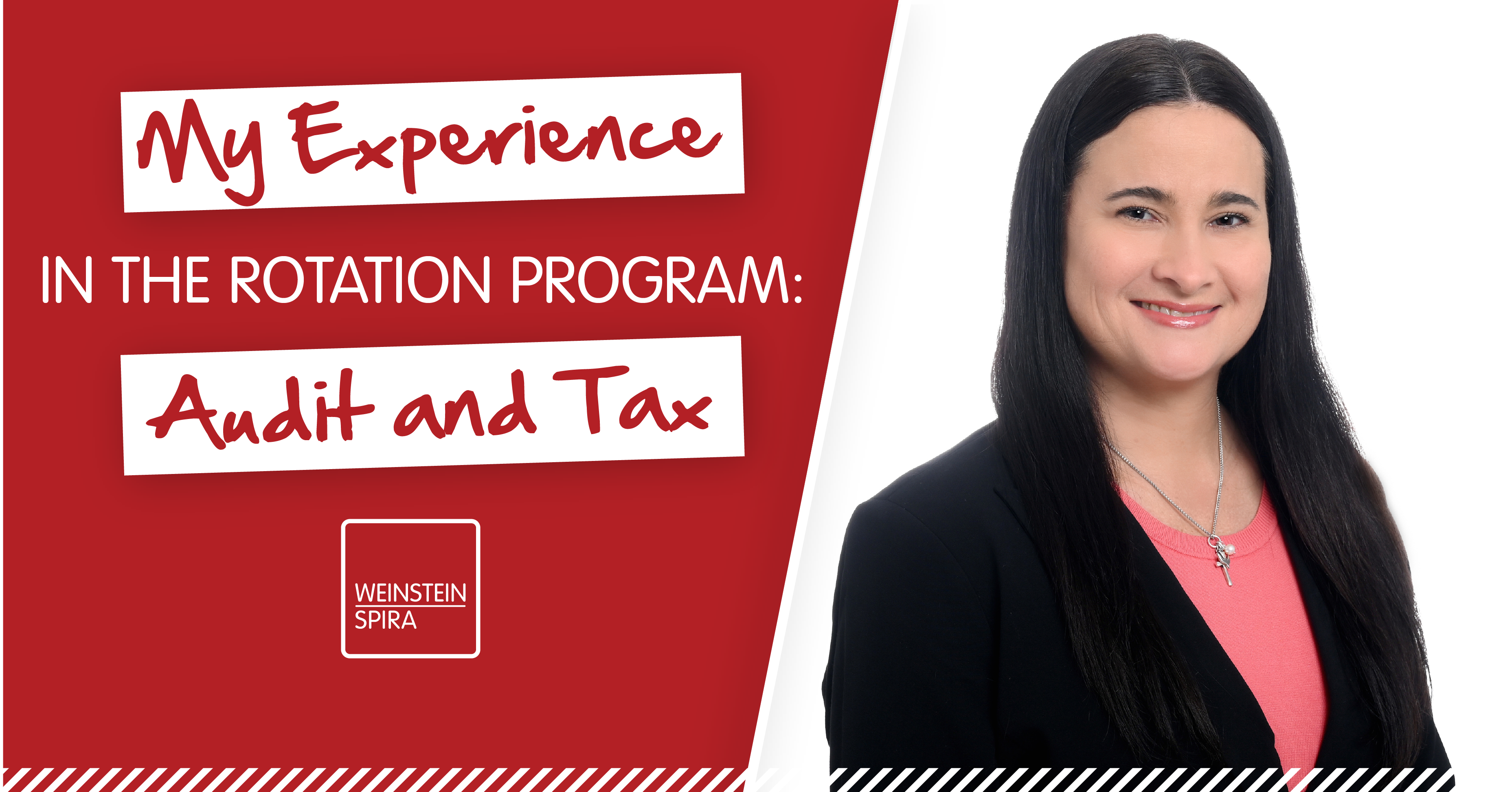Introduction to Revenue Recognition
The accounting community has been all abuzz in 2018-2019, as the new Revenue Recognition standards (officially titled, Revenue from Contracts and Customers) must finally be applied to everyone’s financial statements. Briefly defined, Revenue Recognition is a set of rules that promulgate in companies’ recording revenue the same way across industries and recognizing it at the same times. Publicly-traded companies in the U.S. have been dealing with the implementation of these rules since 2018, and private companies will need to begin complying in their 2019 fiscal year.
This change is such a hot topic amongst accountants (and particularly auditors) that we even gave it a snazzy nick-name, “Rev Rec!”, which – going forward – is what we will call it. But it is still a bitter pill to swallow since the transition raises many questions. As an auditor, nearly all of my clients have asked me: “Why is there a change?”, “Will we be affected?”, “Are we going to have to change how we do things?”, and “Will this affect our taxes?” To be able to answer such concerns, the auditors at Weinstein Spira have attended numerous hours of training; and as I write this blog episode, there is a 300-page manual from the most recent conference on Rev Rec sitting right next to me.
Since sharing is caring, and I care about this kind of stuff, I’m going to share my knowledge with you via a mini-series of blog episodes. This first episode focuses on the “Why” behind the Rev Rec changes. I promise to keep it brief and as entertaining as possible while unraveling some of the complexities.
Historical Perspective, Then and Now
The accounting profession, in general, has typically made changes in a reactive mode. For example:
- The Sarbanes-Oxley Act (an Act of Congress to protect investors) and SAS 99 (auditing standards on fraud) were responses to fraud at Enron, WorldCom and a host of other companies.
- Required audits of 401(k) plans are a result of abuses of such plans from decades ago.
- Tax laws come about due to political and economic pressures.
- Because it was impractical to ask small businesses to adhere to all the same rules as public companies, the Private Company Council was created a few years back to allow non-public companies to do things like amortize goodwill and forego complex annual valuation analysis.
So, what caused the recognition of revenue to undergo change at this point in time? The following are the two biggest drivers, or motivating factors, that pushed for new rules:
1) Convergence of U.S. GAAP with International Financial Reporting Standards (IFRS)
Our (U.S) rules for accounting for revenue were not like the rest of the world. Difficulties arose as globalization led to business consolidations on an international scale, making it hard to figure out how much money was made in a given year (and stockholders really wanted to know!).
2) More Codes of Guidance than Anyone Wants to Count
A superfluous number of industries had their own specific rules, different from each item, making it difficult (if not impossible) to compare one company to any other companies that don’t do the exact same thing.
Reason # 1: Convergence of GAAP and IFRS
When I was in school, the ominous-sounding “convergence” of GAAP and IFRS seemed like certainty and was surely going to be completed within the next five or six years, or at least by 2010, at the latest. This made sense, especially with more and more transactions happening across the world, in different countries with different languages and currencies. But alas, both GAAP and IFRS still continue to exist separately over a decade later.
Every year, this mystical convergence was pushed back two more years—in 2008, convergence was a certainty by 2012; in 2010, it looked like it was likely to happen by 2014; and in 2012, it could happen as soon as 2016. Eventually, it became clear that GAAP and IFRS would always exist separately regarding certain topics. Two of the biggest hurdles to clear were how revenue was recognized and how leases were treated. After a few years of going back and forth, there were compromises made on both sides, and Rev Rec was born in 2014, bringing us to this moment of change. Very comparable to Rev Rec, IFRS 15, the international revenue standard, was adopted that same year and went into effect last year, as well.
Although the hurdle of revenue recognition convergence was achieved, the treatment of leases was only somewhat reconciled between GAAP and IFRS, but I’ll leave that for another blog writer.
Reason #2: Consolidation of Revenue Rules
I’ve heard that there were over 200 different sets of accounting rules related to the recognition of revenue. I wish I could say that I went and counted them, but, alas, I did not. Suffice it to say, there were a lot. A goal of Rev Rec was not only to simplify these rules and create a set of principles that everyone can follow but also make it so that one could compare the financial performance of a manufacturing company with a software company.
If you think about how many different types of companies there, that gives you an idea of how many different sets of rules there were prior to consolidating them. Remember how I said accounting is often reactive, creating rules because something new happened? Developing standards and interpretation for how to recognize revenue is no different. Oil and gas, healthcare, technology,manufacturing– all of these have their own sets of guidance that they have been following for decades. Often companies were living with ambiguity, which they sought to resolve by turning first to the Financial Accounting Board (FASB) with questions, then to the American Institute of Certified Public Accountants (AICPA) for interpretations. If all else failed, they Googled it. This was very inefficient.
Rev Rec was created by the FASB, itself, with the main goal to achieve consistency across companies’ financial statements, so that “sales” means “sales,” regardless of industry or size of the business. These new principles attempt to clarify previous vagueness, address the timing of revenue, and to reflect the different ways in which goods and services are charged, creating the desired comparability of financial performance across industries.
Will it work?
Only time will tell. But if history is any indication, I believe these rules will be amended periodically for years to come to add more clarification and account for who knows what kinds of new revenue streams are created in the future.
Stay tuned for Episode 2 of this mini-series, when I will begin to discuss the “Effects” of Rev Rec!



